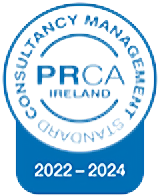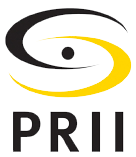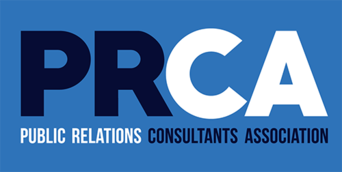Is your story newsworthy enough for media?

One of the most important factors that you need to consider before planning to undertake media relations activity is whether or not your story is really newsworthy. It can be very challenging for a business owner to look at a story and objectively ascertain whether or not it necessitates PR activity. When a person is involved in a company, any and all successes will often be perceived as something that should be of public interest. That is understandable, as a business owner will always be proud of their own achievements. However, before committing to a major media relations exercise and forming an expectation of extensive media coverage, it is vital to look at the news through an external lens. By taking the time to analyse a story in this fashion you can determine whether or not media will be interested, who your audience is and where you are most likely to reach them. The answers to these questions will help to improve the efficiency and impact of your media activity.
Is it timely?
In the media business, current news will always have more of an impact than past events. It can be challenging to successfully pitch a story to media if it relates to something that took place 12 or even one month ago, as there will always be fresh stories happening each day. If your company is announcing something important, it is crucial to get that news out in a timely fashion. Otherwise, you run the risk of the news leaking out via some other means, becoming common knowledge, and journalists not being interested in writing a piece about old news.
Who is going to be interested?
This is very important when it comes to determining how newsworthy your story is. Is this something that will be of interest to the general public, or external interest groups? Or is it more likely that this news is primarily for your internal stakeholders (employees, shareholders, board of directors, etc.)? If the answer to this question is the latter, it may be more appropriate to consider internal communications tools, rather than external media relations. If your story is likely to be of interest to specific groups (e.g. the tech industry), then you will need to ensure that your media relations strategy targets the correct journalists who can help you communicate with those specific interest groups.
Is it topical?
Consider whether your story aligns with something that is quite topical in the current news cycle. Are you providing a service that is suddenly experiencing a major growth in demand, or do you have a unique insight into a topic that is currently the subject of extensive media coverage? This may present your business with an excellent opportunity for newsjacking. This involves leveraging trends or current events in your favour, by tailoring your news story to align with the prevailing conversations of the day and targeting that existing audience. By positioning your company, and your spokespeople, as experts in the area, you have an opportunity to build relationships with key media contacts which can result in further PR opportunities down the line.
Can you back it up?
Has your company successfully managed to legitimately be the first, best, fastest or largest organisation in your industry? If so, journalists and the general public may be interested in a story of how you managed to achieve this feat. However, it is important not to overstate your organisation’s influence, as hyperbole or misleading claims can lead to a negative response. A good opportunity to legitimately outline your successes or importance via media relations is in the aftermath of an award win, significant expansion or investment. This provides your story with a tangible hook through which you can communicate your key messages, and gives journalists a newsworthy lead for their article.
Where is this happening?
As with politics, all news is local. If your story is one that has its roots in the local region, then it is far more likely to be deemed as newsworthy by local journalists. This is obviously subject to the scale of the news, as major global stories will be reported by outlets all over the world, but it is important to understand the context of your story for an external audience and tailor your media activity accordingly. For example, if your story involves a CSR activity in partnership with a local GAA club, it will be of far more relevance and interest to local media than national broadcast outlets. If you are announcing a major expansion of your organisation, leading to thousands of new jobs across a range of locations all over Ireland, then national media will be eager to hear all about the scale of investment. By recognising who will be impacted by your story, where they live and how to reach them, you can ensure that your story is shared with the media who will be most interested and best positioned to communicate your message.
It is important to understand the value of building and maintaining a relationship with the media, that is based on a track record of newsworthy press releases. If a company, or its PR consultancy, is consistently issuing insightful, interesting and newsworthy content to the media, the company can establish itself as a reliable source of comment and opinion in their specialist field. Spokespersons can be identified as experts or thought leaders in their area, and opportunities for involvement in further media activity will present themselves. As with any relationship, media relations activity is based on quality over quantity. The value your company can bring to the media will always be measured in how insightful your content is, rather than how often you are willing to provide content.










